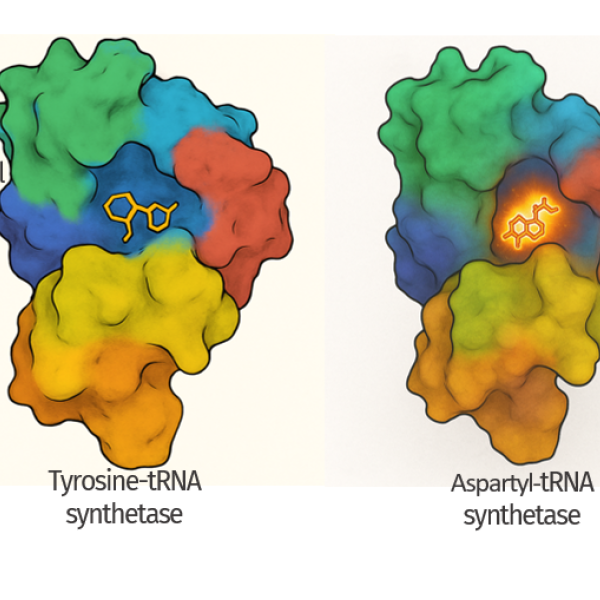
New Hope for Malaria Treatment: Hijacking the Parasite’s Protein Factory
The challenge
Malaria continues to be a leading cause of death in many developing countries. The parasite that causes it, Plasmodium falciparum, is becoming increasingly resistant to current medicines. To outpace resistance, scientists must find drugs that work in completely new ways.
The solution
Using the MX1 and MX2 beamlines at the Australian Synchrotron, researchers identified a completely novel approach: targeting the malaria parasite’s protein production machinery through a strategy known as reaction hijacking. Two molecules were central to this breakthrough:
High-resolution crystal structures obtained at the MX beamlines showed exactly how both drugs bind to parasite enzymes but not to human equivalents. This selectivity is key to developing new antimalarials that are both effective and safe.

The impact
The discovery opens a completely new avenue for antimalarial drug development—one that bypasses current mechanisms of resistance. ML471, in particular, demonstrated single-dose effectiveness in mouse models, highlighting its promise as a next-generation therapy.
This work also reinforces the importance of synchrotron techniques in tackling global health challenges. By revealing molecular details with atomic-level precision, MX1 and MX2 played a critical role in identifying and validating new drug targets.
This case study, written by Dr Yogesh Khandokar, was the winner of ANSTO Australian Synchrotron's Case Study Competition Round 1 2025.
References:
Xie SC et al. PlosPathog, 2024. DOI: https://doi.org/10.1371/journal.ppat.1012429
Ketprasit N et al. PlosPathog, 2025. DOI: https://doi.org/10.1371/journal.ppat.1013057